Help!
When I install my app on the phone to test, it is showing up to be a HUGE size, 11.35 MB. It is a very simple app that lets user browse through fun-facts. The only reason I can think of is that there are 14 JPEG files in the drawables which serve as background images of the fun-facts. The average size of these is about 500 KB.
I'd like to trim the size of my app, so as not to use up the precious resources on the user's device. Other than just getting rid of the pictures, are there ways to optimize the size of apk file?
EDIT: The pictures are photos taken by me using the Android phone itself.

